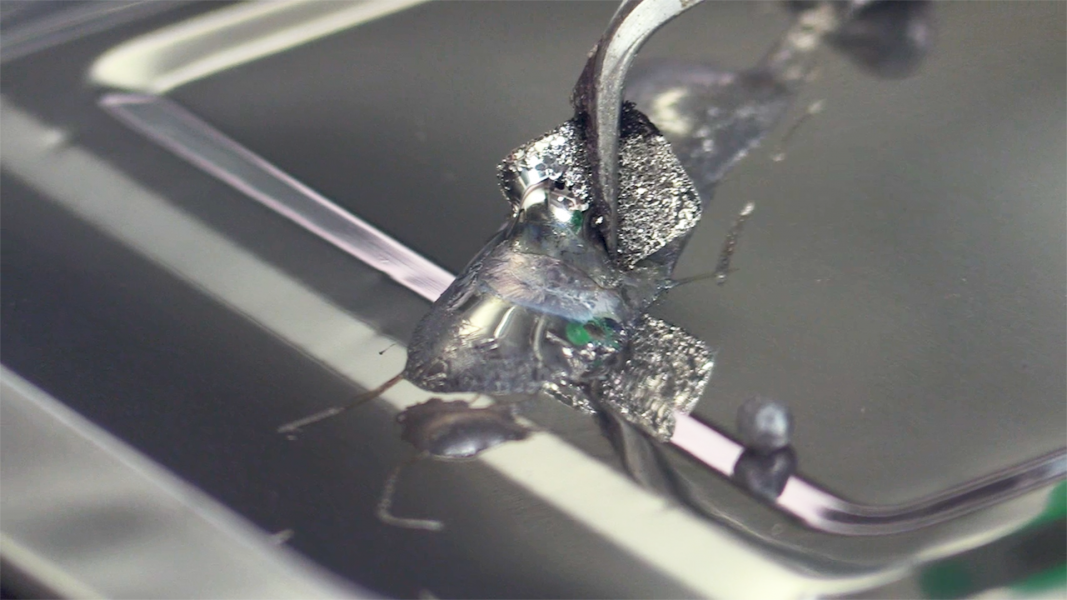The high-energy-density batteries required for electric vehicles could be Li-metal batteries. However, like a honeycomb, a stable host is required to avoid a volume change in the anode and ensure long-term application.
In their paper in Advanced Functional Materials, Dr. Tao Tao from Guangdong University of Technology, Professor Ian Ying Chen from Deakin University, and their co-workers report nanoflakes of graphene foams (GFs) decorated with lithiophilic metal oxides (LMONAs) as hosts for the anode of Li-metal batteries.
Dr Baozhi Yu: “We functionalized 3D graphene foam with a series of lithiophilic metal oxides, including Mn(IV) oxide, Sn(IV) oxide, and Co(II,III) oxide. Contacting the functionalized foam with liquid Li starts an infusion process, which facilitates a uniform distribution of Li. Detailed investigation shows that the excellent Li wettability of the foam is driven by the redox reaction between the Li metal and the metal oxide. Immersing the compacted commercial Mn(IV) oxide into molten Li leads to a highly violent reaction.”
The Li-Mn/graphene foam (GF) anode offers a stable galvanostatic cycling performance, in contrast to the pure Li foil. Full cells using a commercial Li-Co oxide cathode show a drastically superior rate capability and cycling performance of Li-Mn/GF compared to Li foil.
To learn more about this promising approach to Li-metal anodes, please visit the Advanced Functional Materials homepage.

















